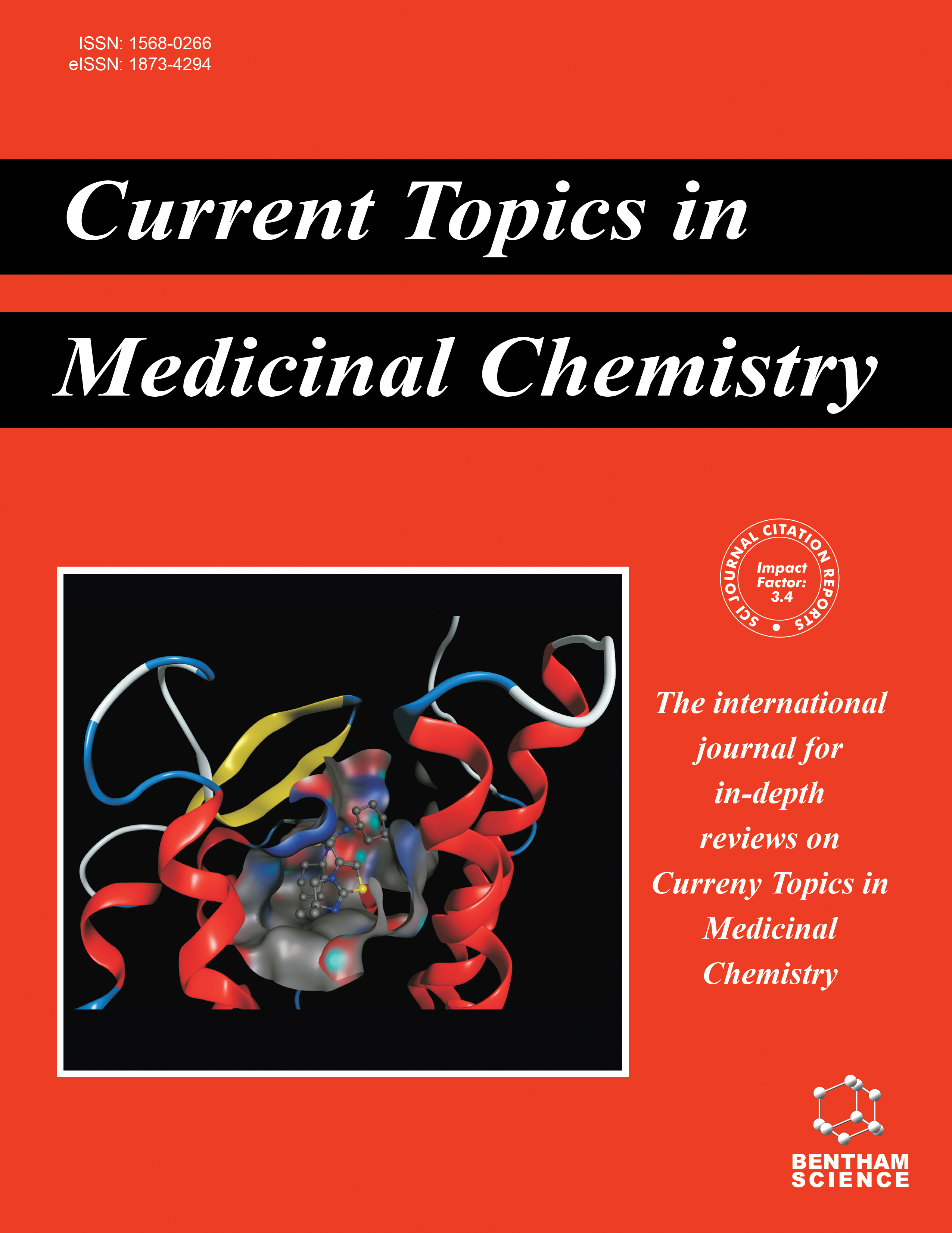
Full text loading...
We use cookies to track usage and preferences.I Understand

The medicinal plants of Izki hold significant ethnopharmacological relevance, serving as primary healthcare resources for generations. These plants exhibit known pharmacological properties, making them crucial for traditional and modern therapeutic applications.
The primary goal of this study was to record, conserve, and analyze the traditional knowledge of medicinal plants in Izki. It also aimed to evaluate the therapeutic potential of these plants for treating various ailments while identifying their pharmacological relevance for modern applications.
The study involved interviews with 300 local residents to record their traditional knowledge of therapeutic herbs. Quantitative methods were employed. Plant specimens were collected, identified, and submitted to the herbarium.
The study recorded 65 medicinal plants (22 cultivated, 43 wild) used for 62 disease categories. Eye diseases (0.721; 13 taxa) and bone fractures (0.700; 13 taxa) showed higher consensus among respondents. FL% analysis highlighted Tephrosia apollinea (69.2%), Trachyspermum ammi (62.5%), and Azadirachta indica (53.3%) as culturally significant. Rhazya stricta emerged as an antirheumatic agent, reflecting shared ethnobotanical practices between India and Oman. Plants like Rhazya stricta, Fagonia indica, Trachyspermum ammi, and Ziziphus spina-christi demonstrated consistent regional applications, underscoring their potential for pharmacological investigation.
This study underscores Izki's rich ethnobotanical knowledge, with extensive use of leaves, fruits, and whole plants for medicinal, dietary, and hygienic purposes. Conservation efforts, sustainable harvesting, and collaborations with pharmaceutical sciences are essential to validate the pharmacological potential of Rhazya stricta, Fagonia indica, Trachyspermum ammi, and Ziziphus spina-christi and bridge traditional knowledge with modern medicine.

Article metrics loading...

Full text loading...
References


Data & Media loading...